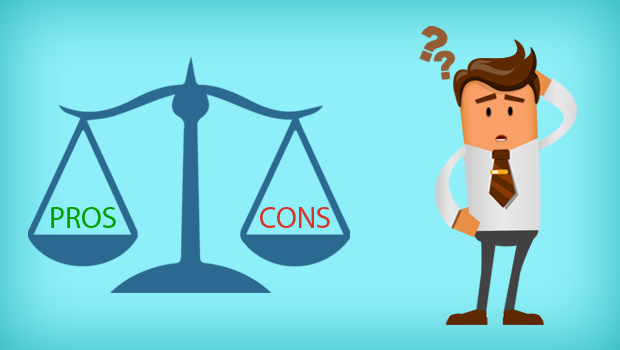All companies need to employ the best candidate whenever they have a vacancy. As a result, the hiring process sometimes requires more than one interview. And this is where pre-employment plays an important role. Employers can use these tests to assess their potential workers and get essential information to help them find the right candidate.
The pre-employment test is a great way to collect information about potential employees. It can help HR make an informed decision on who they believe is the best candidate. The test depends on the position you want to fill. For instance, providing Python programming tests to potential candidates might be appropriate if you are looking for a programmer. The tests don’t need to take hours but should be comprehensive enough to collect the necessary information.
Pros and Cons of Pre-employment Tests
If your company wants to do mass hiring, things can get tricky for the recruitment team. Although it takes at least 6-7 seconds for a recruiter to screen a resume, it can take a lot of time if thousands of applications are coming in. Fortunately, recruiters can use pre-hiring testing to cut out unqualified applicants before they spend resources on them. But, just like any other tool, these tests have their advantages and disadvantages. Here are some benefits and drawbacks of using pre-employment testing tools. Read on.
Benefits of Pre-employment Tests
Using pre-hire tests comes with many perks. They include:
· Helps Identify Suitable Candidates

Usually, recruiters report that almost half of the job applicants don’t meet the basic qualifications. Every job position needs a unique personality type and skill set. The HR team can use these pre-employment exams to ensure they get the best applicants without interviewing all of them. They can use the tests to evaluate skills, aptitude, and personality types.
· Minimizes Work Turnover Rates
As an employer, you don’t want to lose the best employees; having a pre-hire test will help reduce that. Research shows that companies that use pre-employment tests have at least a 39% reduced turnover rate. Of course, recruitment is costly, and it uses a lot of resources and funds. You might have two or more workers in charge of the recruitment process, which effectively cuts their productive work hours. With minimal turnover rates, your company won’t slow down. Instead, it will grow if you have satisfied and happy employees.
· Saves Time and Money

For most upcoming companies, time isn’t an expendable resource. Pre-hire tests help eliminate unqualified candidates from the start. This way, only the most qualified applicants reach the interview stage.
· Standardizes Applicants’ Selection
A pre-hire assessment helps eliminate the pitfalls of employing based on a first impression. Pre-hire exams can help ensure equality in the recruitment process that HR teams sometimes can’t see.
Cons of Pre-employment Tests
Before using any tool, it’s essential to consider some of the disadvantages it might have. Some of the drawbacks associated with pre-hire tests include:
· Findings Can Be Vague
Some quizzes can have a confusing outcome based on how you present them and to whom. You might get more data but not enough to make you skip an interview process. Ensure the details on the test and that you collect enough helpful information.
· A Reduced Candidate Pool

If you are mass hiring, pre-hire assessments might help find a suitable candidate. However, the tool might be unsuitable if the resumes are coming in at a lower rate than expected or if you want a large pool to broaden your options.
Conclusion
Even though the pre-hire exam has disadvantages, it can benefit the hiring team if done correctly. It provides informative data to eliminate any personal opinions, thus leading to a more equitable process for all candidates involved. Visit https://hirenest.com/solutions/assessments/cognitive to learn more about our cognitive aptitude test.

